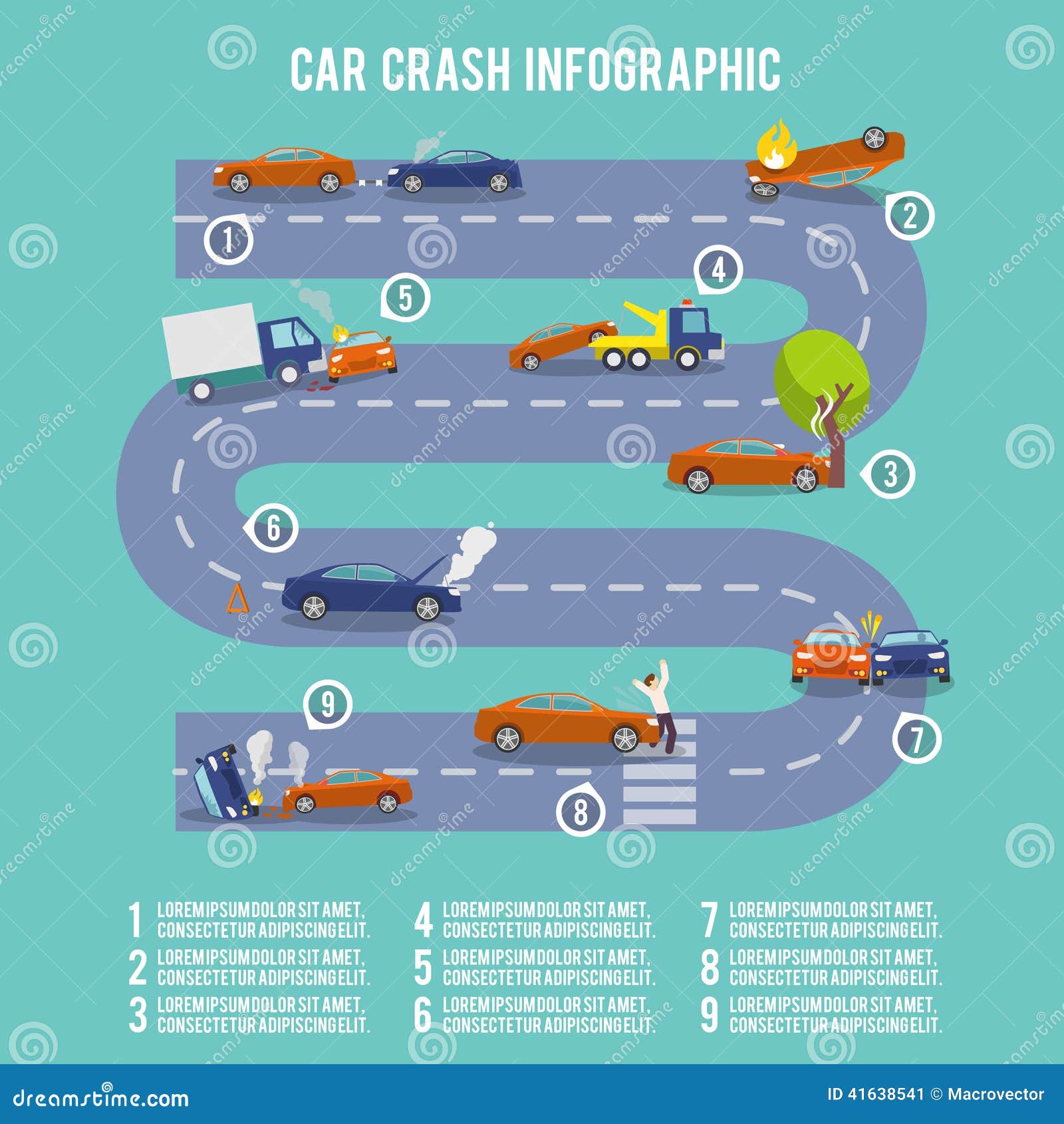Deciphering Your Vehicle'S Caution Indicators: What They Really Indicate
Deciphering Your Vehicle'S Caution Indicators: What They Really Indicate
Blog Article
Authored By-Lim Shepherd
When you lag the wheel, those beautiful caution lights on your control panel can be a bit complicated. Do you recognize what they're trying to tell you regarding your car's health and wellness? Recognizing the value of these lights is vital for your safety and security and the durability of your automobile. So, the following time among those lights appears, wouldn't you want to decipher its message properly and take the needed steps to address it?
Common Warning Lights and Interpretations
Determine common caution lights in your auto and understand their significances to ensure safe driving.
One of the most typical caution lights include the check engine light, which indicates problems with the engine or discharges system. If https://messiahqleyr.bloggerchest.com/32008958/find-out-exactly-how-environment-friendly-car-detailing-items-can-elevate-your-automobile-s-shine-while-safeguarding-the-earth-uncover-the-lasting-options-awaiting-you comes on, it's essential to have your automobile examined promptly.
go to this site cautioning light suggests reduced oil stress, requiring immediate attention to stop engine damage.
A blinking battery light may suggest a defective billing system, possibly leaving you stranded if not dealt with.
The tire stress monitoring system (TPMS) light signals you to low tire stress, impacting vehicle stability and gas effectiveness. Neglecting this can cause risky driving conditions.
https://erickvpjdx.blog-gold.com/40101836/how-can-mobile-cars-and-truck-describing-change-your-lorry-treatment-experience-while-ensuring-top-quality-discover-the-vital-factors-to-consider-before-picking-a-detailer shows an issue with the anti-lock stopping system, jeopardizing your capacity to quit promptly in emergencies.
Last but not least, the coolant temperature level alerting light warns of engine getting too hot, which can cause extreme damage if not solved swiftly.
Comprehending these common caution lights will certainly assist you resolve issues without delay and preserve secure driving problems.
Relevance of Prompt Attention
Recognizing the typical warning lights in your auto is only the very first step; the significance of quickly addressing these cautions can't be highlighted enough to guarantee your safety and security when driving.
When a warning light brightens on your dashboard, it's your auto's method of communicating a possible concern that needs interest. Neglecting these cautions can cause extra extreme issues later on, compromising your security and possibly costing you more out of commission.
Motivate interest to alerting lights can avoid failures and crashes. As an example, a flashing check engine light might suggest a misfire that, if left neglected, can cause damages to the catalytic converter. Addressing visit the following page can conserve you from a pricey repair work.
Likewise, a brake system advising light might signal reduced brake fluid or worn brake pads, important parts for your safety when driving.
DIY Troubleshooting Tips
If you observe a caution light on your dashboard, there are a couple of do it yourself repairing suggestions you can attempt prior to looking for specialist assistance.
The first step is to consult your automobile's guidebook to recognize what the particular caution light indicates. In some cases the issue can be as easy as a loosened gas cap activating the check engine light. Tightening up the gas cap may resolve the problem.
An additional common issue is a low battery, which can activate various cautioning lights. Examining the battery links for corrosion and guaranteeing they're safe could fix the problem.
If a caution light continues, you can attempt resetting it by disconnecting the cars and truck's battery for a couple of minutes and after that reconnecting it. Furthermore, examining your automobile's fluid degrees, such as oil, coolant, and brake fluid, can aid troubleshoot warning lights related to these systems.
Final thought
In conclusion, understanding your automobile's warning lights is necessary for maintaining your automobile running smoothly and safely. By immediately attending to these alerts and recognizing what they mean, you can prevent pricey repair services and prospective malfunctions.
Bear in mind to consult your car's handbook for particular details on each cautioning light and do something about it appropriately to guarantee a trouble-free driving experience.
Stay informed, stay risk-free when driving!
